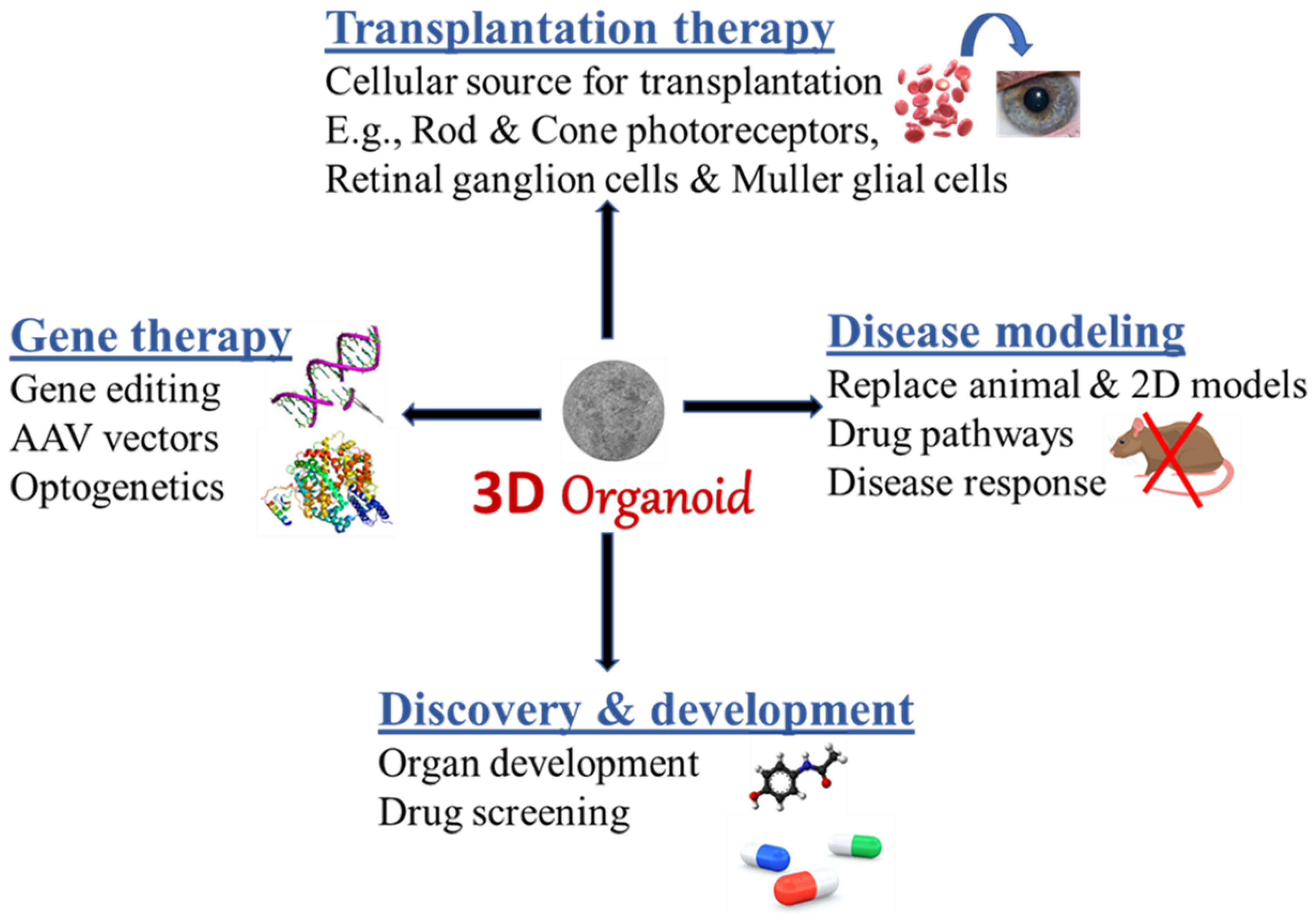
The story of organoids: introduction, history, and benefits
Organoids are in vitro miniaturized three-dimensional (3D) model systems of organs that gained huge interest in the last decade. Organoids are self-organizing culture systems generated from stem cells or tissue-specific progenitor cells. Stem cells divide indefinitely and produce different types of cells replicating the complexity of a tissue or an organ.
This means there are potentially as many types of organoids as there are different organs and tissues in the body. Using the latest cell culture technologies, researchers have been able to grow organoids resembling the brain, lung, kidney, stomach, liver, and many more (1).
A brief history of organoids
Henry Van Peters attempted the first in vitro generation of an organism. In 1907, he demonstrated that dissociated sponge cells can self-organize to regenerate a whole new organism (2). His discovery started the wave and many scientists tried similar experiments with pronephros and chick embryos. 1981 and 1988 were important years in the history of organoids because in these years pluripotent stem cells from mouse embryos and embryonic stem cells derived from human blastocysts were isolated and cultured for the very first time (3).
An important breakthrough happened when it was reported that the adult intestinal stem cells expressing the single leucine-rich repeat-containing G protein-coupled receptor 5 (Lgr5) can form 3D intestinal organoids in Matrigel-containing media and can self-organize and differentiate into crypt-villus structures (4).
Benefits of organoids
Human organoid cultures have a promising future, especially when compared with animal models. Organoids provide faster, more robust, and more accurate results as they closely represent the in vivo human organ or tissue structures. Since stem cells derived from humans are the source material of organoids, they bridge the gap between animal models and humans. This makes organoids highly relevant for personalized therapies and reliable clinical research (5).
References
1. Corrò C, Novellasdemunt L, Li VSW. A brief history of organoids. Am J Physiol Cell Physiol. 2020 Jul 1;319(1):C151-C165. doi: 10.1152/ajpcell.00120.2020. Epub 2020 May 27. PMID: 32459504; PMCID: PMC7468890.
2. Wilson HV. A NEW METHOD BY WHICH SPONGES MAY BE ARTIFICIALLY REARED. Science. 1907 Jun 7;25(649):912-5. doi: 10.1126/science.25.649.912. PMID: 17842577.
3. Martin GR. Isolation of a pluripotent cell line from early mouse embryos cultured in medium conditioned by teratocarcinoma stem cells. Proc Natl Acad Sci U S A. 1981 Dec;78(12):7634-8. doi: 10.1073/pnas.78.12.7634. PMID: 6950406; PMCID: PMC349323.
4. Sato T, Vries RG, Snippert HJ, van de Wetering M, Barker N, Stange DE, van Es JH, Abo A, Kujala P, Peters PJ, Clevers H. Single Lgr5 stem cells build crypt-villus structures in vitro without a mesenchymal niche. Nature. 2009 May 14;459(7244):262-5. doi: 10.1038/nature07935. Epub 2009 Mar 29. PMID: 19329995.
5. Kim, J., Koo, BK. & Knoblich, J.A. Human organoids: model systems for human biology and medicine. Nat Rev Mol Cell Biol 21, 571–584 (2020). https://doi.org/10.1038/s41580-020-0259-3




